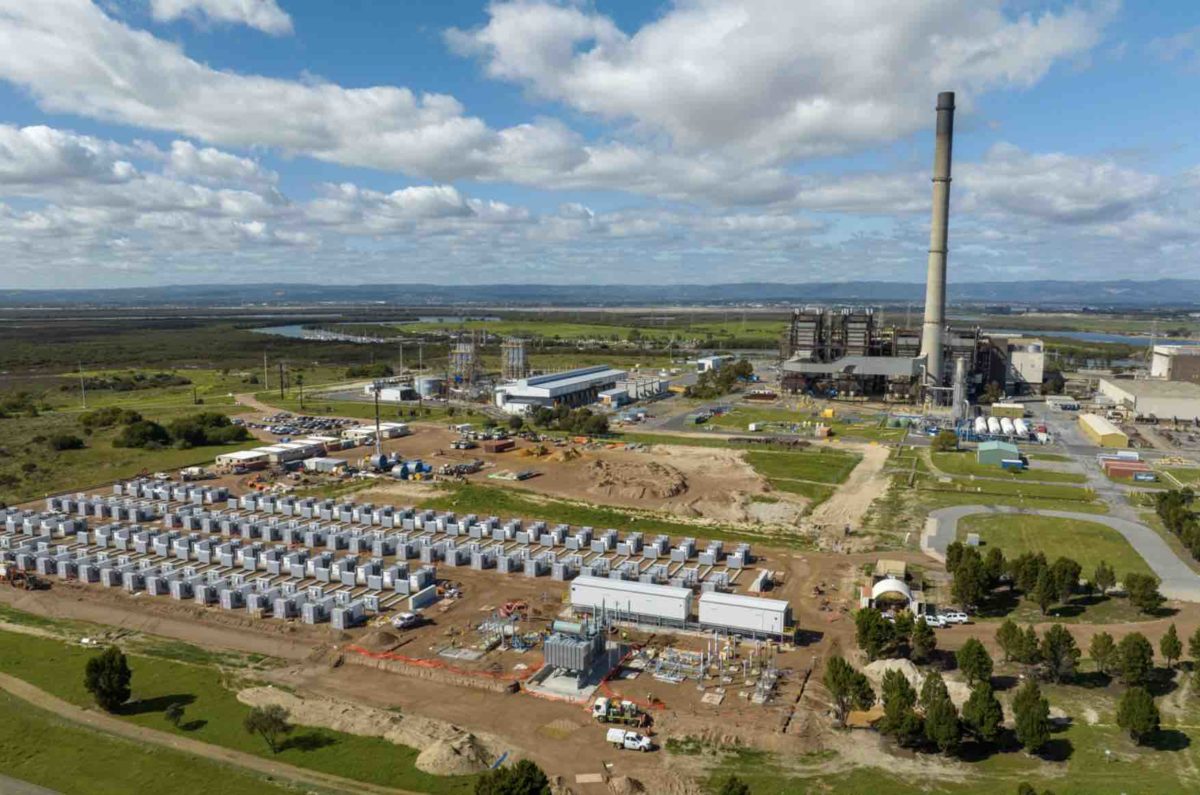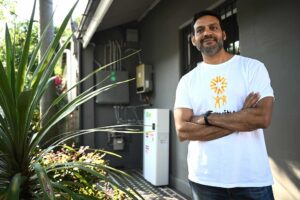Have you ever heard of an harmonic filter? Possibly not, and there are a bunch of wind, solar and big battery project developers in Australia who might rather wish that they hadn’t either.
Many have been forced to spend tens of millions of dollars on these expensive pieces of kit, having argued unsuccessfully that they were not needed, and told to install them to secure their connection to the grid.
Now, it has been confirmed that these additions might have actually left the grid weaker rather than stronger, and in many ways it speaks to some of the engineering, regulatory and political challenges of the green energy transition.
This is partly about the struggles of keeping up with technology and making the rules “fit for for purpose”, but it’s also about a problem sparked by the obsession of focusing on the assumed qualities of individual projects, and not of the system as a whole.
The issue about harmonic filters has been a lively one on the Australian grid in the last few years, but largely hidden behind closed doors because, as with many things about grid connections, it’s highly technical and the project developers do not want to offend the powers that be.
One of the few to talk about it openly has been Australia’s biggest generation company, AGL, which has been forced to install them at both its Torrens Island battery in South Australia, and at the delayed Broken Hill battery that is still going through the commissioning process in NSW.
“Our analysis had shown, in the beginning, that we don’t need harmonic filters,” AGL’s chief operating officer Markus Brokhoff told Renew Economy in an interview at the formal opening of the 250 MW, one hour Torrens Island battery in May last year.
“I see this adding additional costs but also delaying the project, which is not good. And I think that we need to have much … better dialogue and better rules in place into the future.”
Brokhof’s assessment – and the arguments put forward by many others in the industry – has since been vindicated by a study released by the Australian Renewable Energy Agency as part of its knowledge sharing program. It was conducted by the University of Wollongong and a range of industry partners, including Edify, Neoen and Vestas.
The main findings are that many of the modelling assumptions behind the decision to force many renewable energy generators to install harmonic filters were wrong, and it has become clear that finding a network solution, rather than penalising individual plants, would save significant costs, and make the grid more secure.
“A comparative study found the revised approach reduced the size of the required harmonic filter by more than 98% …. …. and significantly reduce costs to REG (renewable energy generator) proponents and simplify the management of harmonic emissions for network service providers,” the study found.
“This simplification is due to the reduced number of filters being connected to the network which inherently interact with each other, impacting the emissions of surrounding installations.”
In short, it found that too many harmonic filters installed on an ad hoc basis – focusing on an individual project rather than the grid as a whole – contribute to the very problems they were supposed to solve, creating too much “noise” on the grid that can cause serious disturbances to the stability of the power system.
The renewable energy industry has seen this before. Several years ago, under the “do no harm” rule dreamed up by regulators and rule makers, many new projects were obliged to install expensive synchronous condensers so they would not weaken system strength.
But that rule was finally dropped when studies by network providers found that the indiscriminate and unco-ordinated addition of these machines weakened rather than strengthened the grid. Like the harmonic filters, the solution to the “problem” made the situation worse.
Partly this is due to engineers and regulators still finding their way through the challenges of switching from the well-understood system of centralised “synchronous” generators to a system largely based around distributed inverter-based resources – wind farms, solar farms and battery storage.
It is also due to a lack of understanding about what these inverters could do. Many are still on that journey, and that is not surprising given the massive technology changes over the last few years, and the deep-lying preferences for the old ways of doing things.
A conservative approach is understandable – after all, senior regulators have described the green energy transition as similar to changing the engines of a plane while in the air.
But this tendency to focus on the assumed qualities of an individual asset rather than part of a system is feeding through to the political debate, with disturbing consequences that results in a popular push back against “intermittent” renewables and an attachment to “baseload” power such as coal and nuclear.
One of the common accusations made against wind, solar and storage is that they can’t power the grid on their own. “That battery could only power the state for 15 seconds,” is a common refrain. “Then what you are going to do?” they ask.
That of course ignores the fact that even big baseload generators can’t power a whole grid for any amount of time. They are part of a system, and rely on just as much back-up and support as renewables do in ensuring that changes in demand are responded to, and that there is support in the event of unexplained outages, of which there are many.
As it turns out, 15 seconds is all the time a battery needs to keep the lights on, because one of their primary roles in their initial years has been to provide fast and very fast frequency response to any faults or outages, such as the tripping of a major generator.
The studies on the first battery projects in Australia have shown that they respond to such outages faster, better more accurately) and reliably than the existing kit.
But such details are ignored by the “baseload” brigade in federal politics, particularly on the Coalition side, and in conservative media, that sees them dance to the tune of the country’s coalers and nuclear fantasists.
They insist that only “baseload” generation can power a modern system, ignoring evidence in their own back yard – South Australia – which is already running at more than 75 per cent wind and solar, and will soon be at net 100 per cent.
It’s an obsession about things that they think will never be switched off. But they never address the obvious questions – what do you do when demand spikes, or even falls, or a piece of kit needs to be repaired.
The answer is that you rely on the system. And, as most energy experts will now tell you, the cheapest, cleanest and most reliable system will be one based around renewables, storage, smart controls and demand management. As long as they get the rules and the regulations in order, and fit for purpose.








